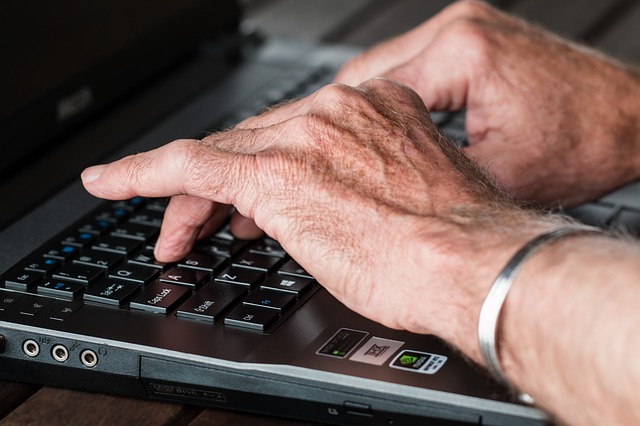When it comes to arthritis, you need to know all the treatment options available. How you treat it will depend on the type of you have. Arthritis occurs naturally the older you get and this form is known as osteoarthritis. Osteoarthritis is the most common type of arthritis and is defined by a painful degenerative joint disease. Osteoarthritis affects the joint locations such as the hips, knees, neck, and back. It can also affect smaller joints such as in the feet and hands.
Rhematoid Arthrtitis
Rheumatoid arthritis is an autoimmune disease which means your immune system turns on itself and begins attacking the joints and other organs. There are prescription medications that can help alleviate the pain from arthritis regardless of the type. With some types of arthritis such as RA, you’ll most likely be prescribed something to help with the inflammation from the immune system as well.
Lifestyle Changes Can Help with Arthritis
There are some things you can change yourself to help relieve the pain. Weight loss is typically ideal for those who are obese because it put extra pressure on your hips, knees, and feet. Of course, you should discuss this changes with your doctor first. Some non-pharmaceutical treatments involve physical exercise, yoga, physical therapy, and stretching. Stretching and yoga help increase flexibility and reduces the strain on neighboring muscles and joints over time. It can help make movements less painful and release tension.
CBD And Cannaboids
A question many ask: Can CBD (the non pyschoactive ingredient in Cannabis) help with Arthritis? While the general consensus is not quite clear yet, there are several studies that suggest that CBD (e.g. as CBD Oil or in CBD capsules) can help with the symptoms of arthritis, as CBD helps to fight inflammation in the joints by activating the pathways of CB2 receptors. If you are interested to find out more about CBD and its effects, you should check out the CBD Project, or talk to your GP.
Over the Counter Products for Arthritis
Some medications can be bought over the counter to help with arthritis such as an anti-inflammatory. These can help reduce the swelling in the affected joints. Heating pads are another great alternative. They help reduce stiffness and alleviate pain. Heat is not ideal for those dealing with swelling at the moment, however. If the swelling is present, it’s best to use a cold compress. There are hot/cold patches that you can wear or menthol gels and creams as well that many find to help get them moving easier.
Other Options
Although for most it’s ideal to get more exercise, many find that it’s just too strenuous and painful. Hydrotherapy is often recommended for those who find other exercises or therapy to be too hard. Hydrotherapy reverses the gravitation pull that affects the joints and allows you to move more freely. Massage is another option most could look into. Massaging the area whether it’s for yourself or a massage therapist can increase blood flow to the area and aid in healing. Many find that it also helps reduce stiffness in the morning. Muscles support the joints throughout the body. You’d be surprised at how much muscle pain can affect the joints. Acupuncture helps release the tension in the muscles and turn helps with arthritis pain as well.
Surgery
Even with all the treatments available, sometimes they just aren’t enough. Most doctors agree it’s better to go without surgery as long as possible, but for some it is necessary. If you’ve tried a combination of treatments for arthritis pain to no avail it may be time to talk with your doctor about other treatments such as surgery. If the cartilage in a joint is severely worn down, you may benefit from joint replacement. Through this procedure, the joint or joints will be replaced with artificial mechanisms that make moving easier and with much less pain.





